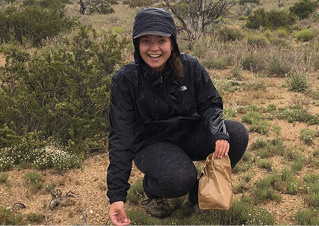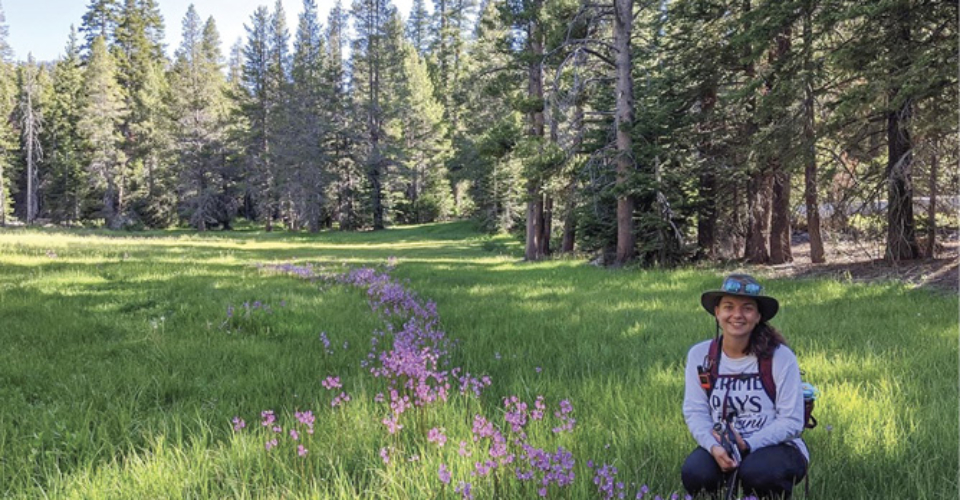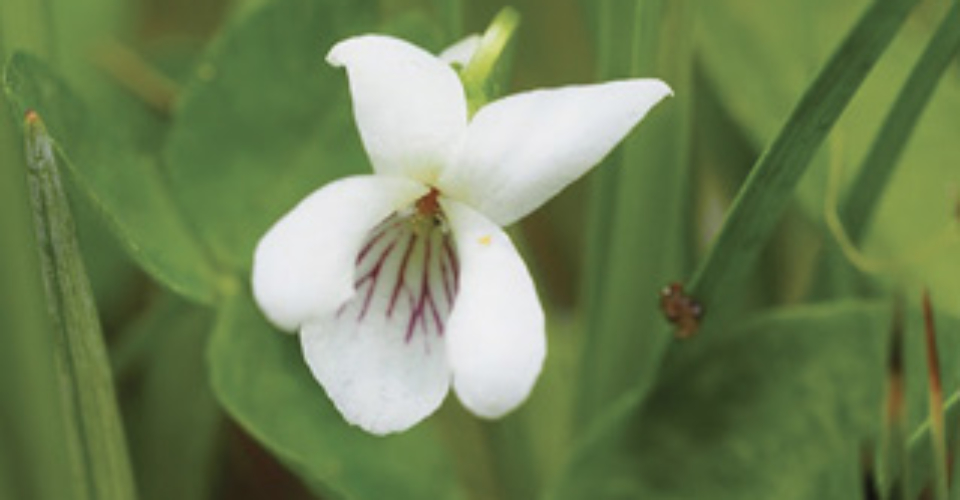Gilding the Lily: Alumna Climbs Mountains to Pursue Passion for Botany

Nina House ’17
A passion for the environment drives Nina House ’17, and that commitment carried her through some challenging times to a life in which she is blossoming. Watch a slideshow of her research areas.
After earning an associate’s degree, Nina transferred into SUNY Oswego with a very tough semester ahead of her, as she decided to change her major to biology shortly after enrolling.
She was one of two students selected to work on a project with the U.S. Geological Survey to investigate microplastics ingestion by forage fish in Lake Ontario.
“We collected fish from Lake Ontario, dissected out their stomachs, dissolved them and then checked the stomach contents for microplastic ingestion,” said the Phoenix, N.Y., native. “This project and the people I worked with during it really transformed my last two years at SUNY Oswego. I am confident that this is what set me up for the successes I have had since graduating.”
During her undergraduate work at Oswego, she also traveled to Costa Rica for a summer research experience.
“This trip was my first time outside of the United States (besides Canada), my first time traveling alone and the first time I attended a school-related program where I would know absolutely no one,” Nina said. “It was an amazing experience! I learned so much about sustainability and field work, and met people who I am still good friends with to this day. It really inspired my desire to travel and live in new places.”
Today, Nina regularly packs up some gear and heads out to the southern Sierra Nevada mountainside for days at a time. She is doing a floristic inventory—meticulously documenting all of the plants of the Manter and Salmon Creek watersheds in California. It’s part of her research for her master’s in botany at California Botanic Garden, part of Claremont Graduate University. She collects samples of plant species, presses them flat and brings them to an herbarium, where she identifies and deposits them for future reference and study.
“Documenting plant species diversity is of critical importance to establish a baseline that can guide management, inform conservation and facilitate our understanding of landscape scale change that results from a changing climate and other direct human impacts,” she said. “If we do not know what plants are present on the landscape and how disturbances are affecting them – we can’t do anything to mitigate those impacts!”
Ultimately, she hopes her work will inform public policy and science communication, although she said she wants to always be performing some field work.
“We scientists can do research all day, but if we can’t get the general public interested; well, there’s just no point,” she said.
You might also like
More from Class Notes
Class Notes – Winter 2024
Class Notes - Winter 2024 Editor’s Note: Due to changes to our typical production schedule, this Class Notes reflects submissions from July …
From the Archives – Winter 2024
From the Archives - Winter 2024 SAVE THE DATE: April 8, 2024 Oswego will experience a very rare total eclipse of the …
Oswego Matters – Winter 2024
Oswego Matters - Winter 2024 As a mother of two young children, I’ve grown accustomed to frequent transitions; to new beginnings; …
















